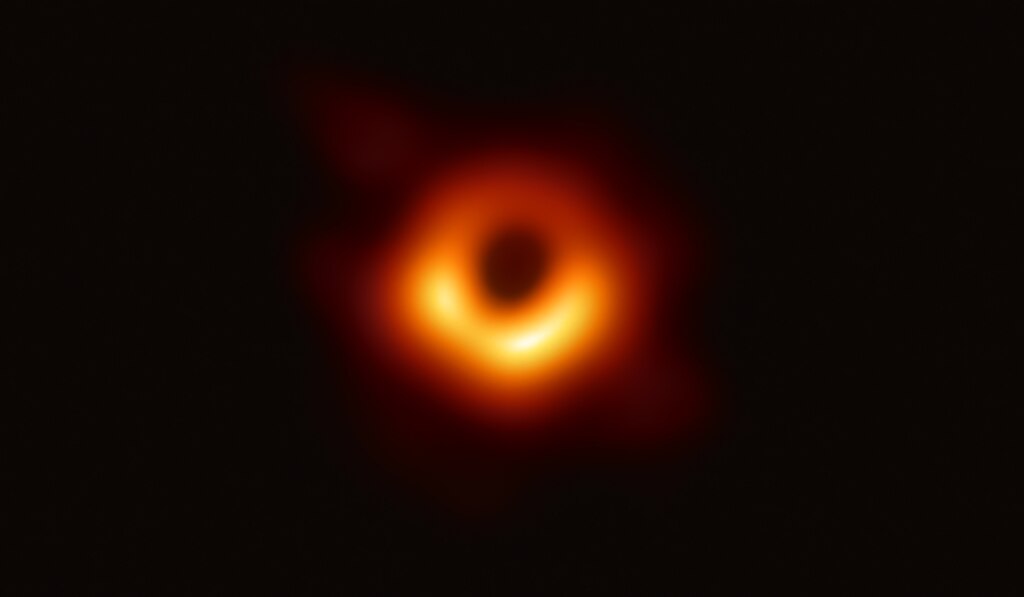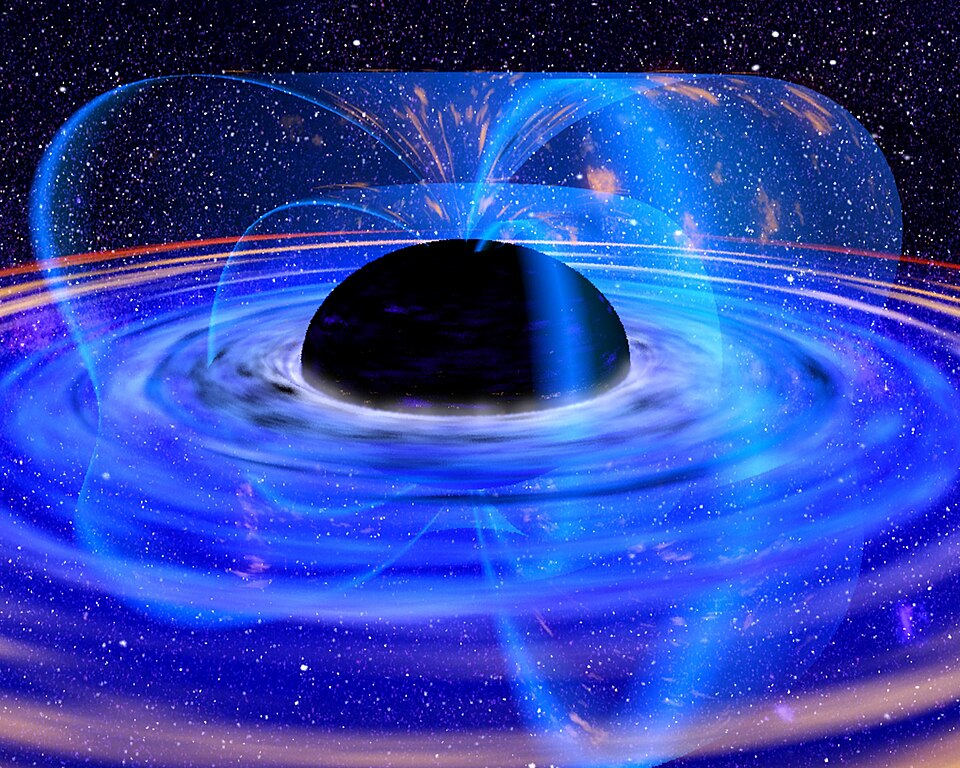
The universe is vast, mysterious, and filled with wonders that challenge our understanding of reality. From strange phenomena to groundbreaking revelations, here are 10 discoveries about the cosmos that will leave you awestruck.
10. The Expansion of the Universe
The Ever-Growing Cosmos

Source: NASA/WMAP Science Team, Public domain, via Wikimedia Commons
In 1929, Edwin Hubble discovered that galaxies are moving away from us, revealing that the universe is expanding. This monumental finding laid the foundation for the Big Bang theory and our understanding of cosmic evolution.
Weird detail: The rate of this expansion, known as the Hubble Constant, is still debated, with recent measurements creating more questions than answers.
9. Dark Matter
The Invisible Glue

Scientists estimate that 85% of the universe’s mass is made up of dark matter, an invisible substance that doesn’t emit or absorb light. Though we can’t see it, we observe its gravitational effects on galaxies and clusters of stars.
Weird detail: Dark matter may pass through you right now without you ever noticing it.
8. Gravitational Waves
Ripples in Spacetime

Source: Lucas Vieira Barbosa, CC BY-SA 4.0, via Wikimedia Commons
Predicted by Einstein and detected in 2015, gravitational waves are ripples in spacetime caused by massive cosmic events like black hole mergers. Their discovery confirmed a key aspect of general relativity and opened a new way to observe the universe.
Weird detail: The first detected gravitational wave came from two black holes merging 1.3 billion years ago.
7. Exoplanets
Worlds Beyond Our Solar System

Source: NASA, Public domain, via Wikimedia Commons
Since the first exoplanet discovery in 1992, over 5,000 planets have been found orbiting stars beyond our solar system. These worlds range from lava-covered giants to potentially habitable Earth-like planets.
Weird detail: One exoplanet, WASP-12b, is so close to its star that it’s being stretched into an egg shape.
6. Black Holes
Cosmic Monsters

Source: Event Horizon Telescope, CC BY 4.0, via Wikimedia Commons
Black holes are regions of spacetime where gravity is so intense that nothing—not even light—can escape. Recent breakthroughs, like the first image of a black hole in 2019, continue to demystify these enigmatic objects.
Weird detail: Some black holes are so massive they could fit millions of suns inside them.
5. The Cosmic Microwave Background
The Echo of the Big Bang

Source: ESA and the Planck Collaboration, CC BY 4.0, via Wikimedia Commons
The CMB is faint radiation left over from the Big Bang, discovered in 1964. It provides a snapshot of the universe when it was just 380,000 years old and is one of the most significant pieces of evidence for the Big Bang theory.
Weird detail: The CMB is so uniform that scientists call it the universe’s “baby picture.”
4. Black Holes Emit Light
The Paradox of Hawking Radiation

Source: NASA/D. Berry, Public domain, via Wikimedia Commons
In 1974, physicist Stephen Hawking proposed that black holes aren’t entirely black—they emit a faint radiation now called Hawking radiation. This discovery challenged the idea that nothing escapes a black hole and suggested that black holes might eventually evaporate over time.
Weird detail: Hawking radiation isn’t emitted by the black hole itself but by quantum processes near its event horizon.
3. The Great Attractor
A Mysterious Gravitational Force

Source: Meli thev, CC BY-SA 4.0, via Wikimedia Commons
The Great Attractor is a massive region in space pulling galaxies—including ours—toward it. Hidden behind the Milky Way’s dense core, this enigmatic phenomenon defies full explanation, though it’s thought to be a supercluster of galaxies.
Weird detail: We’re hurtling toward the Great Attractor at over 600 kilometers per second.
2. Quantum Entanglement
Spooky Action at a Distance

Quantum entanglement occurs when particles become linked, so that the state of one instantly affects the other, no matter how far apart they are. Einstein famously called it “spooky action at a distance.”
Weird detail: Recent experiments showed entangled particles communicating faster than the speed of light.
1. The Age of the Universe
A Precise Birthday

Thanks to observations from the Planck satellite, scientists estimate the universe is 13.8 billion years old. This precise age comes from analyzing the Cosmic Microwave Background and the rate of expansion.
Weird detail: The universe is still relatively young—it’s expected to last trillions of years before fading into darkness.
Final Thoughts
These discoveries remind us of how much we’ve learned about the universe and how much more there is to uncover. From the smallest quantum particles to the largest cosmic structures, each revelation expands our understanding of the cosmos and our place within it.


